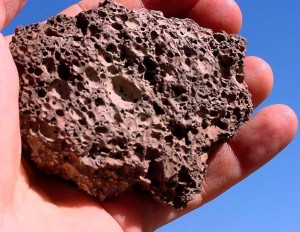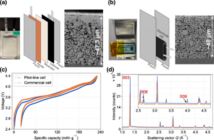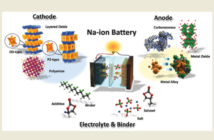The hopes of many researchers depend on the advancements being made in generating and storing renewable energy. Researchers from across the globe believe that renewable energy sources hold the way to saving our Earth by reducing dependence on fossil fuels for generating gasoline.
One of the most serious issues keeping down renewable energy is the way that the two most common energy sources, the sun and the wind, are not consistent. The sun vanishes around evening time or on cloudy or rainy days, thus allowing solar panels to produce very little energy. Similarly, for wind energy turbines to produce required power, they need constant local pressure systems, which cannot be achieved at all times. This inconsistency produces the need to have a fail-safe system for storing energy known as the Grid-scale energy storage system.
The grid-scale energy storage system is a way to store the abundant energy processed throughout times of high output and discharge the stored energy as and when required. Following the same platform, researchers at the Bonneville Power Administration and the Pacific Northwest National Laboratory have been mulling over the likelihood of utilizing permeable, volcanic rocks as a large-scale volcanic battery system that is both natural and high yielding. They found that pressured air could be pumped into these porous rocks. This pressured air can be locked in the same rock for months before using it as the source for generating electricity.

The report generated by the National Geographic states that researchers have utilized information from past petroleum projects to find two areas where the volcanic battery could store enough energy required to provide power to 85,000 homes for 30 days, consequently documenting the fact that this process is not only a theoretical concept, but has proven practical strength.
The porous rocks under study are from eastern parts of Washington and the thought is to utilize overabundant renewable energy to pump air into the rock under high pressure where it ought to be unable to escape. This system for storing energy is known as CAES (Compressed Air Energy Storage).
Related Articles:
Energy efficiency: Electric cars
Solar energy



